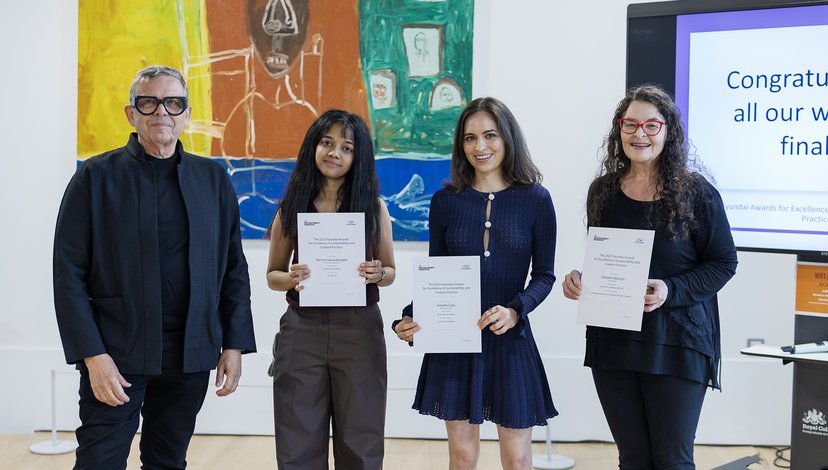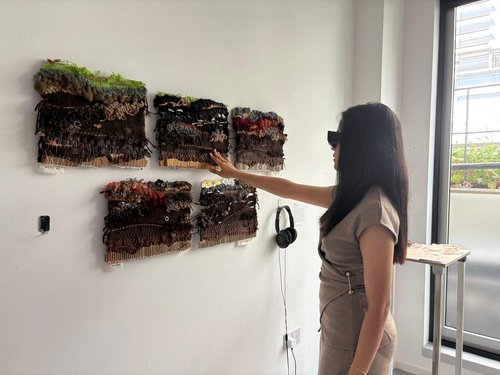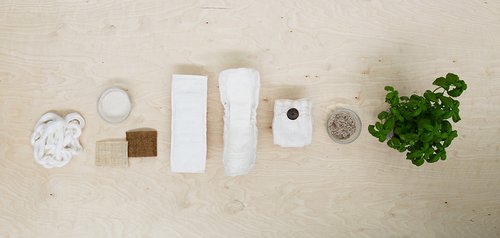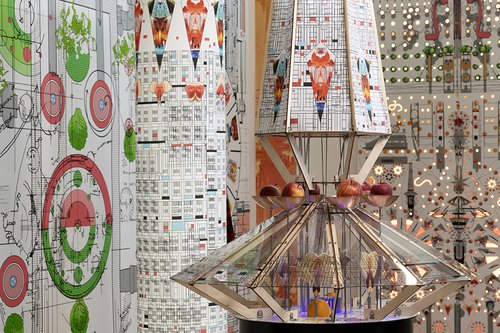Hyundai Awards for Excellence in Sustainability and Creative Practice
Jump to
The Hyundai Awards celebrate projects from across the RCA that question current norms within society, suggest solutions or provoke emotions in the face of climate change and the challenges for sustainability.
The Hyundai Awards celebrate projects from across the RCA in any art or design discipline that respond to the sustainability challenges currently facing society as a whole. The Awards recognise the importance of employing different perspectives when tackling global issues.
Applications are accepted from all graduating RCA students, and winners are selected in three categories: inspiration, innovation, and aesthetics & craft.
Shotlisted candidates are then invited to an interview panel. Winners are selected by a panel of experts including Peter Schreyer, Executive Design Advisor, Hyundai Motor Group and representatives from the Hyundai brands, and Professor Dale Harrow, Chair of Intelligent Mobility Design Centreat the RCA.
The winners are announced at a ceremony at the RCA's Battersea campus.
Awards Ceremony, 2025

Peter Schreyer with 2025 winners Ramaa Rajesh Sahasrabuddhe, Arabella Calla and Adriette Myburgh
Awards Ceremony, 2024

The shortlisted projects on display at the Hyundai Awards exhibition in 2024. Photo: Chris Lee.

2024 winner Kahee Jeong with Professor Dale Harrow, Peter Schreyer and Manuel Schöttle

2024 winners Yohaan Kukreja and Ankita Khaana with Professor Dale Harrow, Peter Schreyer and Manuel Schöttle








